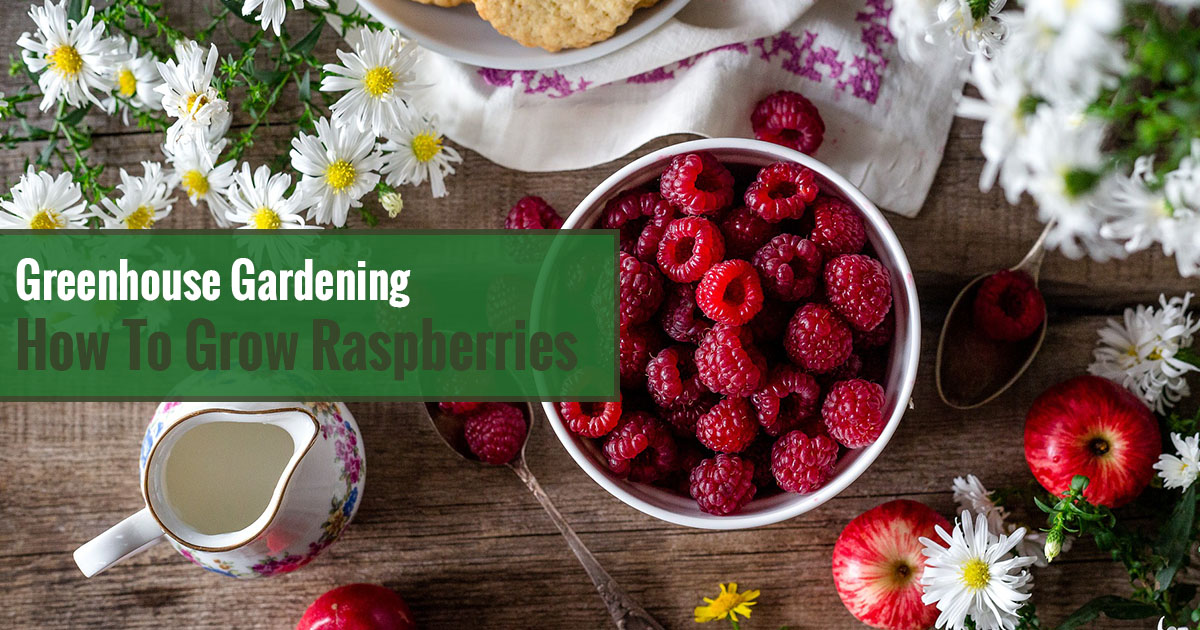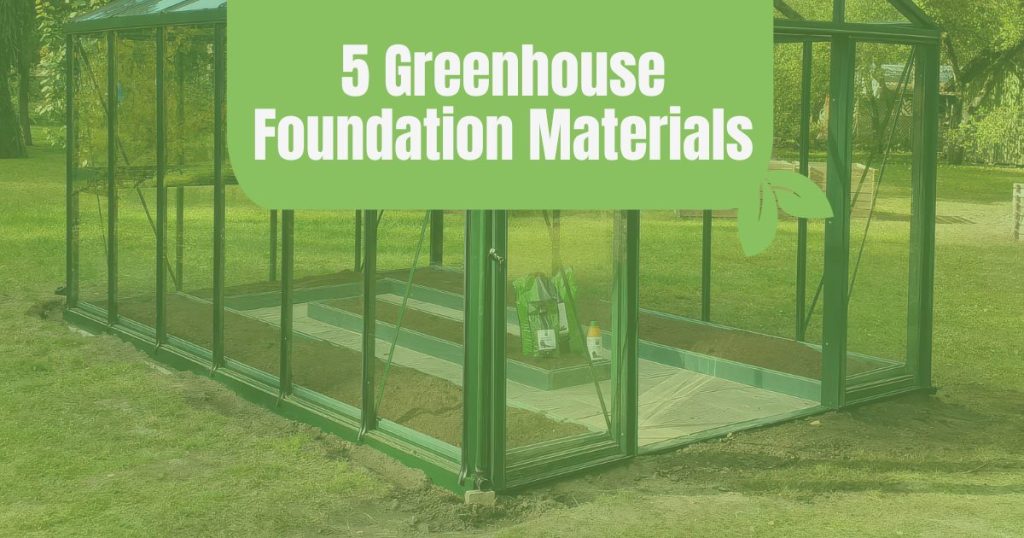


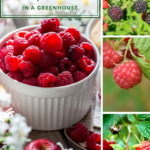
Raspberries are a high-value crop uniquely suited to greenhouse gardening production all year round. They are popular garden fruits that are easy to grow. They do not demand auxiliary lights and they grow abundantly in a nearly cold environment. A greenhouse temperature of 70°F is best for production.
The raspberry plant refers to species belonging to the genus Rubus. They are popular greenhouse fruits that are so easy to plant. These perennial plants in the rose family produce aggregate fruits by the same name. For the purposes of cultivation, there are two types of raspberries: summer-fruiting and ever-bearing.
Ever-bearing raspberry families are more stable than other varieties for off-season results in a greenhouse where situations are slightly tricky to control. Most gardeners plant summer-fruiting raspberries, which are available for harvesting in early the early summer season.
Both of these types are easy to grow in a greenhouse kit if you follow the guidelines presented below.
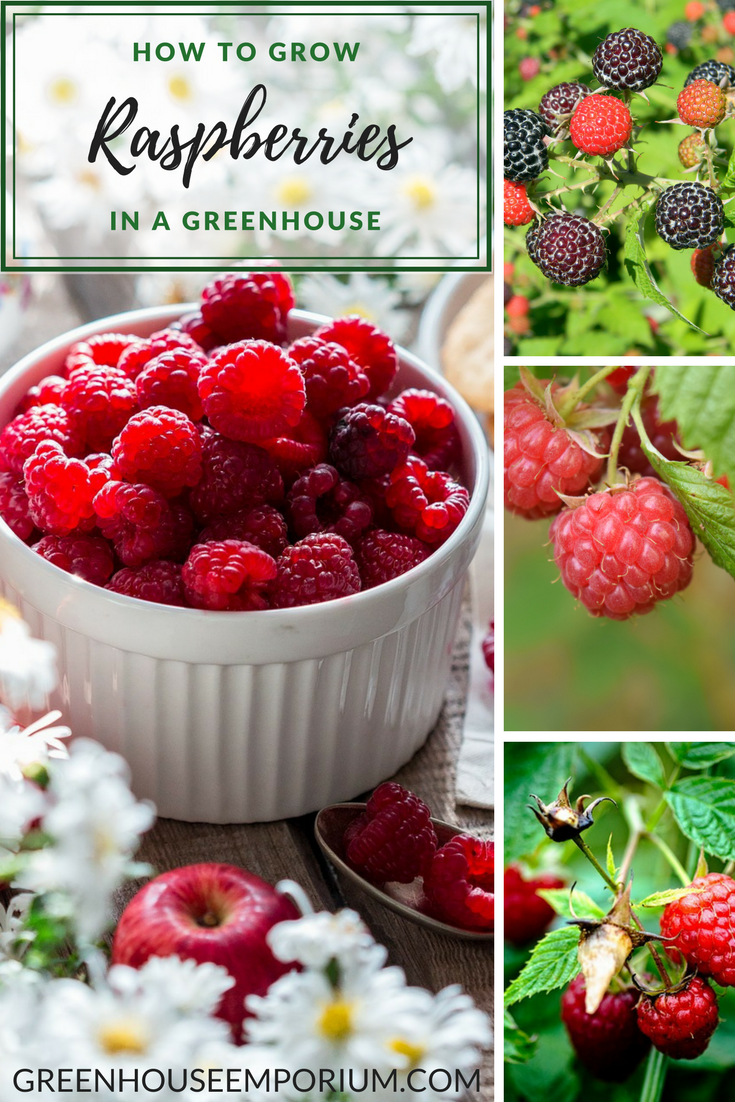
Quick overview of growing raspberries in a greenhouse
- Type: Warm-season crop
- Time from seed to harvest: 70 days
- Germination temp: as low as 40°F
- Time until first emergence: 42 days
- Best temp to grow: 60-70°F
- Height: 6 ft
- Spread: 3-6 ft
- Companions: Crimson clover, white clover, garlic, lavender, peas
- Keep away from: Tomatoes, potatoes, and eggplants
How to grow raspberries in a greenhouse?
You have 2 options for planting your raspberry plants in your greenhouse:
Ground planted raspberries
- You can get the seedlings in the form of bare-root transplants or potted plants
- Before you start planting, clean the place of perennial weeds, because these will be hard to control once they are set
- Start the seedlings in your greenhouse at the beginning of spring or as soon as the ground is workable
- Place your rows moving north to south so that they don’t overshadow each other
- Dig holes roomy enough to accommodate the roots as they spread and space the plants three inches apart in rows that are 8 feet apart
- If you would like to use a trellis then you need to set it up before planting so you do not disturb plants as they are establishing themselves
Pot planted raspberries
- Start each cane in a three-gallon pot and a pure, well-drained potting mixture
- Set the brand-new, potted raspberries outside where they will get as much light as possible
- Assemble a drip-irrigation system for potted raspberries
- Make sure they remain moistened
- After three months, begin supplementing the soil with extra fertilizer
- Examine the potting soil for moisture weekly
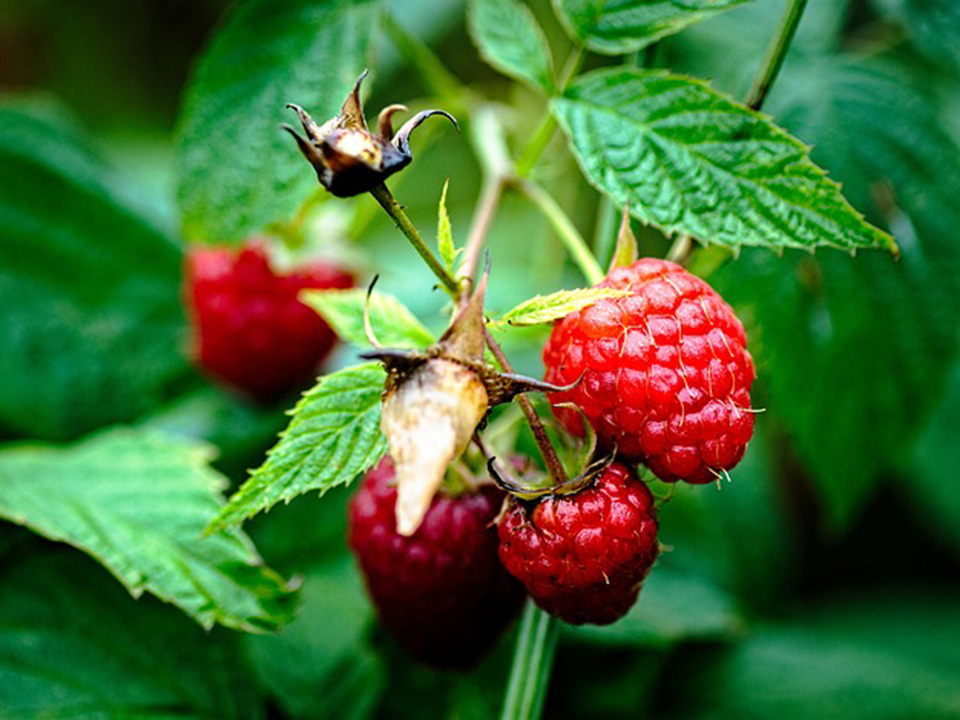
Tips and tricks
- Mulch heavily as this helps suppress weeds and minimize water loss
- Their flowers are self-fertile, but still, berries must be cross-pollinated to produce plentiful harvests
- You may need is a pair of pruning clippers and gloves to protect against thorns
Common problems with raspberry plants
Raspberries are hardy, however, watch out for Japanese Beetles, cane borers, and spider mites. In addition, rabbits can be detrimental. Raspberries are also susceptible to powdery mildew.
Key actions, including reliable soap and cleanliness, are applied regularly to control and regulate outbreaks. Infestations can be maintained through constant monitoring and a combination of pest control plans.
Good relative moisture helps prevent spider mites. Spider mite attacks are expected to be an endless difficulty and an obstruction in raspberry return.
Thrips and aphids are additional possible pest difficulties. Although observed on some plants, neither thrips nor aphids infestations have been critical.
Trellises provide an inexpensive disease control as the canopy will be clearer.
The requirements: How to grow raspberries?
Watering requirement
Raspberries need regular watering to grow well. Ideally, an inch and a half of water per week will suffice. Note that regular watering is preferred to deep soaking. Overhead watering will likely produce rotten raspberries. It is better to use a drip irrigation system. Check out the Genesis drip irrigation system here!
Soil requirements
Raspberries thrive in rich, moisture-retentive, fertile, well-drained soil that is loose enough to allow for proper aeration, lightly acidic soils, which are weed-free. Work the soil well and add two inches of aged manure or mature compost. The optimal pH level of the soil should range between 5.6 and 6.2.
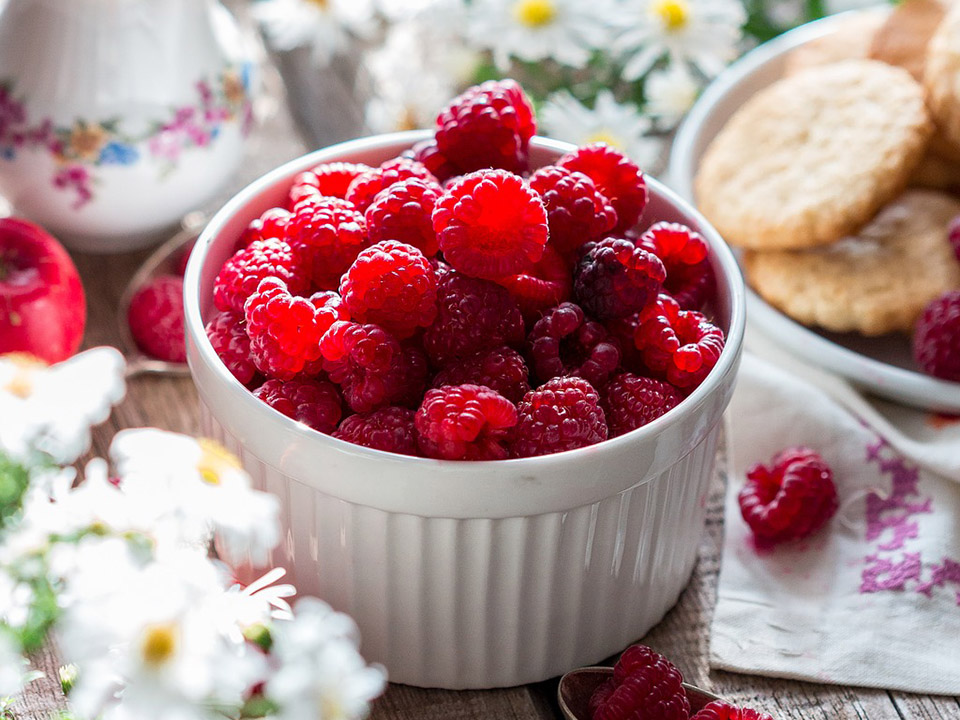
Lighting requirements
The plant requires a full day of sun so position your greenhouse kit accordingly. In addition, ensure that you provide adequate lighting since the product will be meager if the plant grows in shady conditions.
Raspberries do not need high light levels, however, supporting lighting is needed throughout the winter season. It will enhance the growth, flowering and, finally, the harvest. Increasing the day length to 16 hours is helpful both in photoperiodic lengthy day effect and capability to provide sufficient daily cumulative amounts of light. At below light levels, the percentage of plant growth is expected to be limited.
Temperature requirements
Raspberry plants expect chilling temperatures before they bear fruits. They must consume about 200 hours under 40°F. Your greenhouse must be maintained between 60°F to 70°F. If your greenhouse normally less than 65°F, you may want to think of heating your greenhouse.
Pollination
Bumblebees are simple to maintain and control. They continue to be more productive in cloudy skies and lower conditions than honeybees. Both effective pollinations have been reported with bumblebees compared to honeybees inside greenhouses.
Successful pollination can also be accomplished by hand using VegiBee Garden Rechargeable Pollinator during times of slow bumblebee movement. More details about the VegiBee Pollinator…
Harvesting raspberries
Once inside the greenhouse, they will bloom in about six weeks and start to bear fruit ten weeks after being put in the greenhouse. The harvest season continues between eight to ten weeks.
Your raspberries are waiting to be harvested when they come off the plant with a mild quick pull. Pick the berries in the morning after the dew has dried out. Ideally, do this every couple of days.

